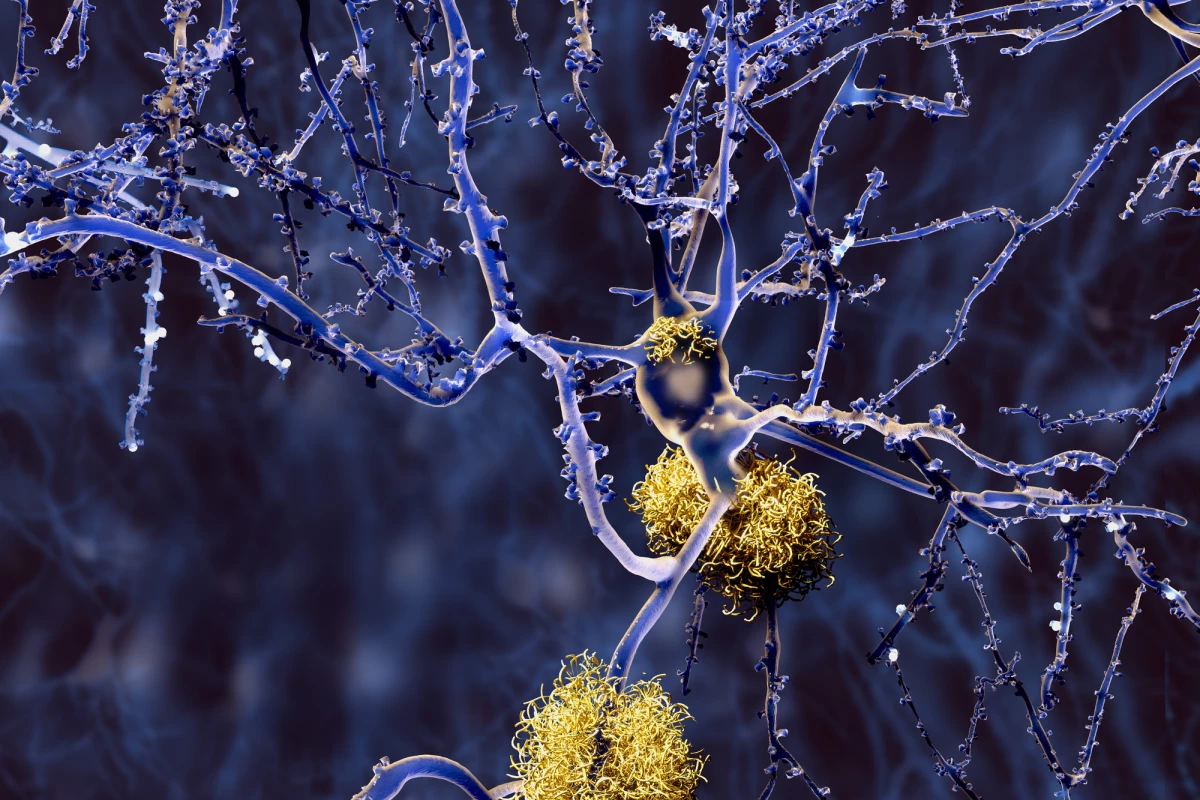A new study is suggesting a previously unknown protein may play a fundamental role in the pathogenesis of Alzheimer’s disease. The research, led by Case Western Reserve University scientists, claims this novel protein facilitates the formation of the amyloid plaques thought to be a primary cause of the neurodegeneration associated with the disease.
Despite a number of recent clinical trial failures, the prevailing causal hypothesis for Alzheimer’s is that the accumulation of amyloid protein deposits into toxic plaques is the primary pathological source of the disease. However, it is still unclear exactly how, or why, these amyloid deposits form.
This new research is impressively rigorous, systematically describing the process of first uncovering a potentially new protein, and then experimentally investigating its action in animal studies.
"We're very excited about this because our study is likely the first systematic work combining the identification from a genome-wide association study of high dimensional brain-imaging data and experimental validation so perfectly in Alzheimer's disease," explains Xiaofeng Zhu, a researcher working on the project.
After identifying a specific gene as linked to Alzheimer’s-related brain atrophy, the researchers homed in on a particular protein encoded by the gene. The protein was found to directly attach to amyloid peptides, and facilitate the formation of toxic plaques.
"This protein characteristically accumulates, or aggregates, within the center of plaque in AD patients, like the yolk of an egg – which is part of the reason we named it 'aggregatin'," says Xinglong Wang, another researcher working on the project.

Several subsequent mouse experiments revealed the aggregatin protein as vital in the formation of amyloid plaques in an animal brain. When aggregatin was injected in the brains of the animals, plaque formations accelerated, as did cognitive dysfunction. Whereas when aggregatin was suppressed, the opposite occurred – plaque formations reduced, and cognitive impairments lifted.
The work still has a long way to go before it translates into a human clinical treatment. The gene that codes for aggregatin, called FAM222A, has been linked to atrophied brain regions in human Alzheimer’s patients. But, the activity of aggregatin in human Alzheimer’s subjects is still unclear.
The next stage for the research will be to verify these mechanisms in both animal models and human subjects. Then the researchers hope therapeutic outcomes could be developed, eventually leading to human clinical trials.
"Based on the data we have, this protein can be an unrecognized new risk factor for Alzheimer's disease," says Wang. "We also see this as a potential novel therapeutic target for this devastating disease."
The new research was published in the journal Nature Communications.
Source: Case Western Reserve University




